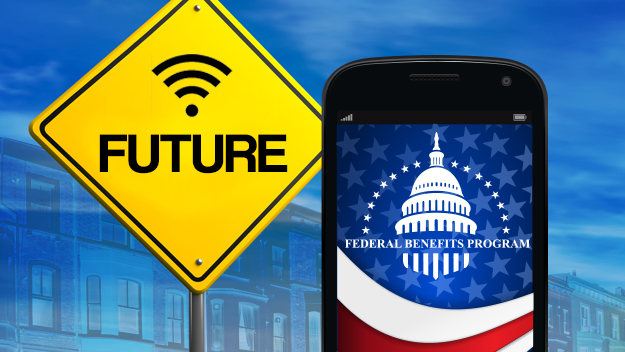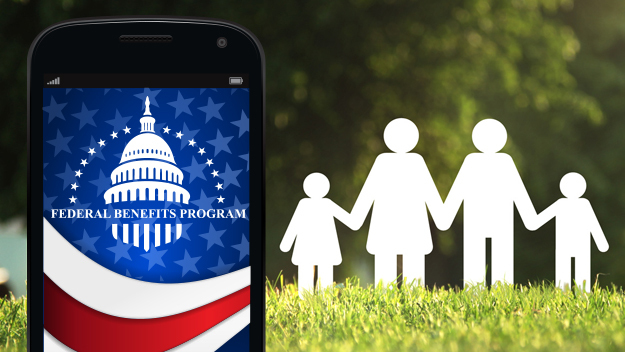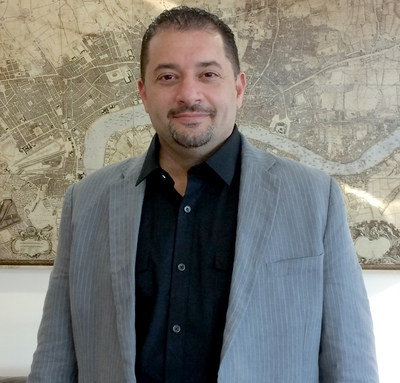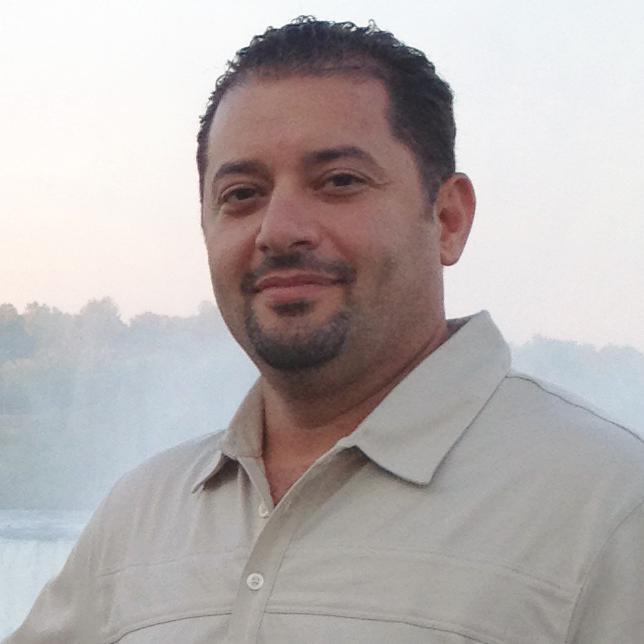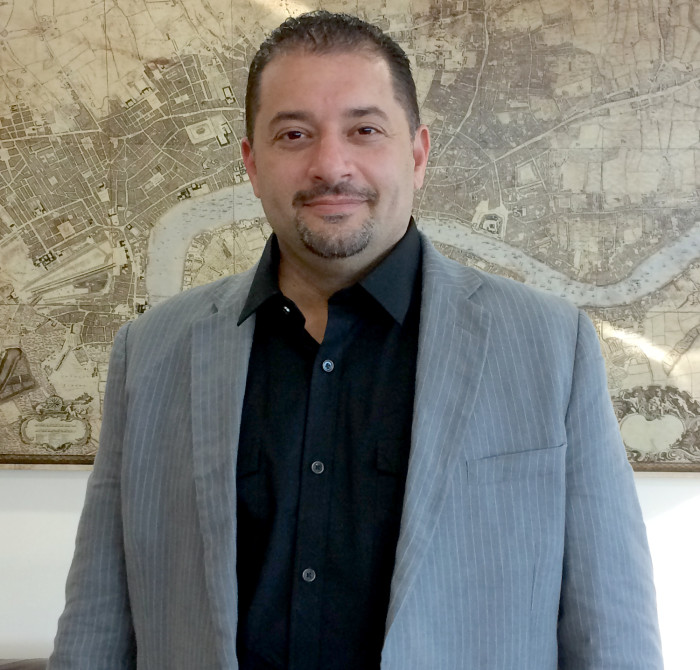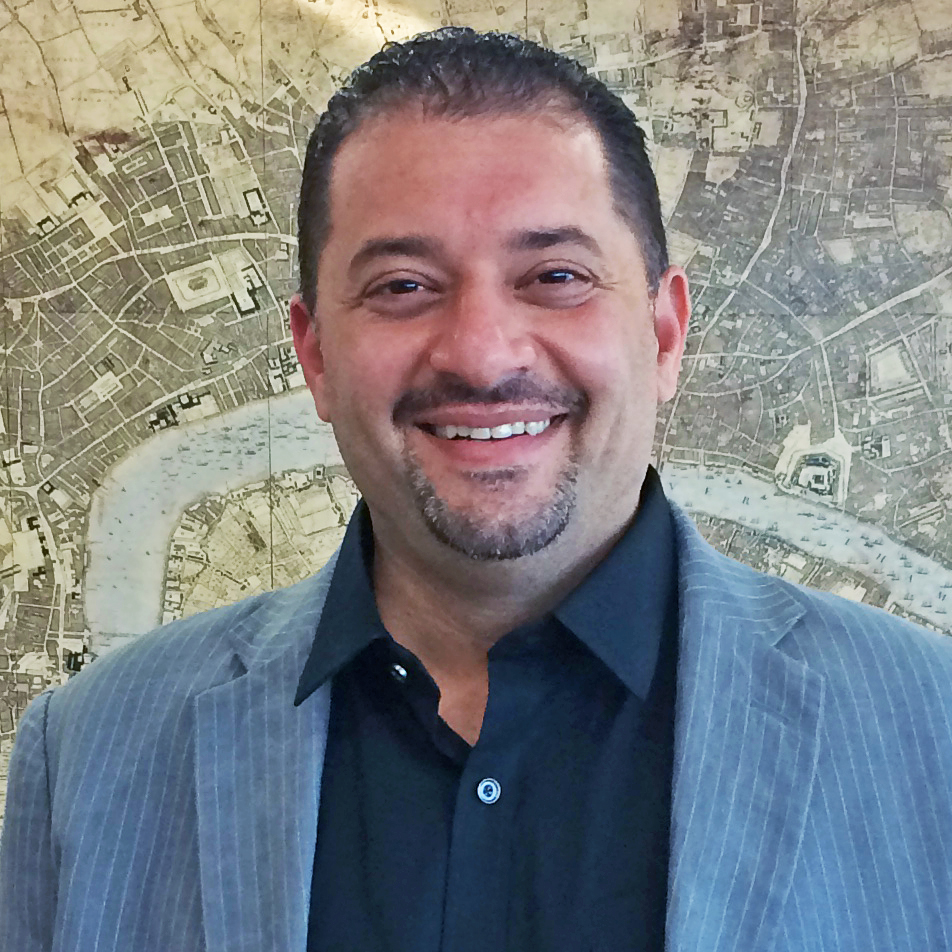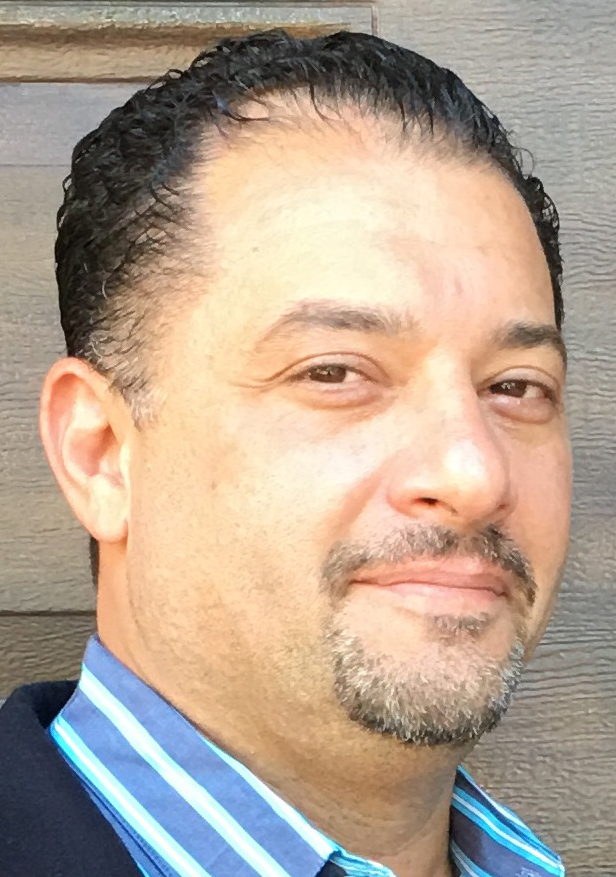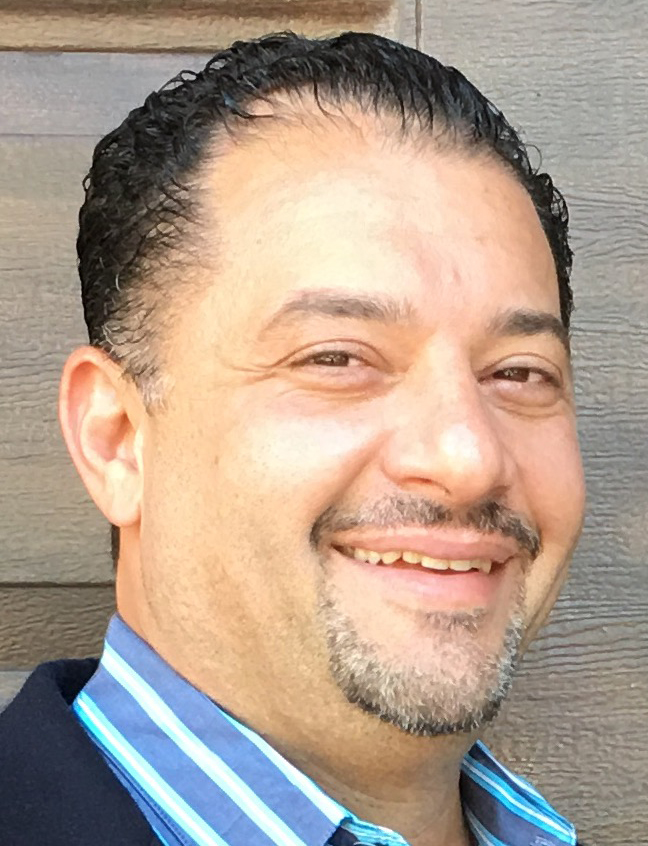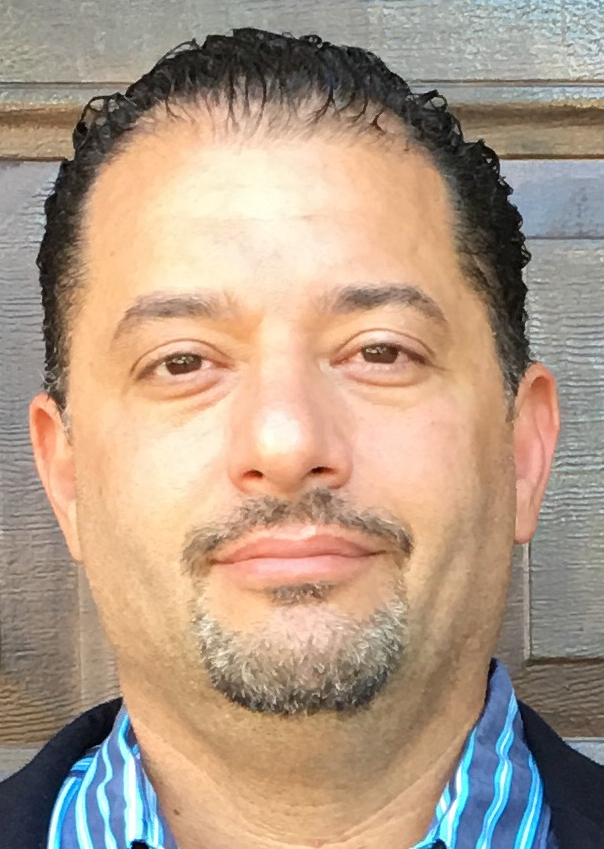As a way to promote Issa Asad ebooks, he is giving away two $100 Amazon gift cards, worth $200.
There is no purchase necessary, so click the link below now to get started! The more you enter, the more chances you have to win!
Issa Asad $200 Amazon Giftcard Giveaway


